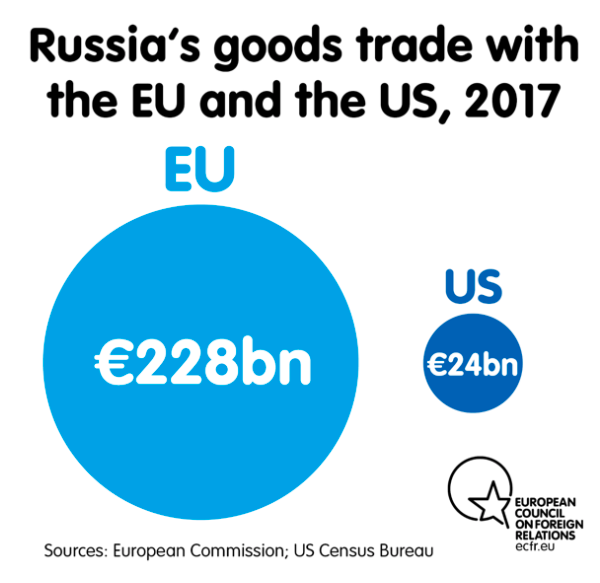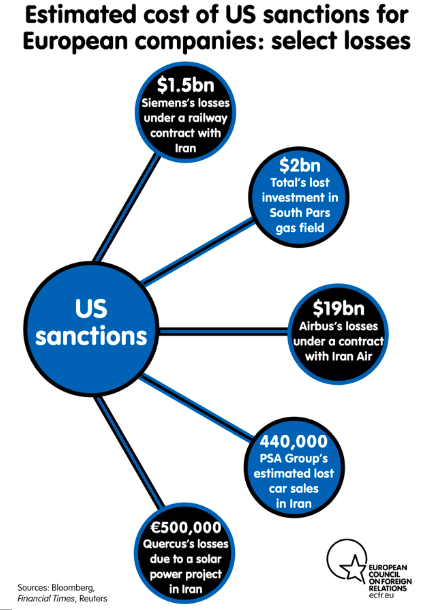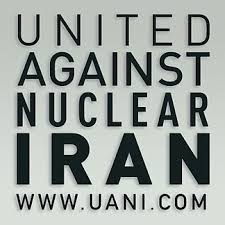Britain’s national press consistently portrays Britain as a supporter of noble objectives such as human rights and democracy. The extraordinary extent to which the public is being misinformed about the UK’s foreign and military policies is revealed in new statistical research by Declassified UK.
The research suggests that the public is being bombarded by views supporting the priorities of policy-makers. It also finds that there is only a very small space in the British press for critical, independent analysis and key facts about UK foreign policy.
The research, which analyses the UK national print media and does not include broadcasters such as the BBC, suggests that there is little divergence between the liberal and conservative press.
This is the first of a two-part analysis of UK national press coverage of British foreign policy.
Disappearing foreign policies
Key British foreign policies, particularly in the Middle East, are being routinely under- or un-reported in the UK national press.
The Egyptian regime under Abdel Fattah al-Sisi took power in a 2013 coup, which killed hundreds of people and has become increasingly repressive, jailing tens of thousands of opponents as well as journalists. During this period, the UK government has deepened military, trade and investment with the regime, in effect acting as an apologist for it.
Yet a search for press articles in the two years ending in December 2019 finds none covering the full range of UK cooperation with the Sisi regime. A handful of articles (less than a dozen, mainly in the Independent and Guardian) occasionally mention an aspect of UK support for the regime. But this number is very low given 1,018 articles mentioning Sisi during the same period, Egypt’s long historical relationship to the UK and the fact that the UK is the largest investor in Egypt.
The lack of press reporting is especially striking given that the government has itself been consistently announcing its support, especially in military relations, for the Sisi regime.
The UK has also deepened its military cooperation with Israel in recent years, a highly controversial policy while it continues serious human rights abuses and illegal settlement building in the occupied West Bank and Gaza. Britain’s Royal Navy has conducted exercises with the Israeli navy and provides military training to Israeli officers.
Yet no articles could be found in the UK national press in the last five years mentioning either of these policies, despite being covered in some Israeli media and in the UK outlet, the Jewish Chronicle.
Israeli newspaper Haaretz has reported on “a time of unprecedented British-Israeli military cooperation”. Yet when the Israeli air force completed its first-ever deployment of fighter jets to Britain in September 2019, which was widely reported by the Israeli press and the MOD, there was no coverage in the UK national press that could be found. Neither was there coverage in the press of the UK’s admission in parliament in July 2018 that the UK was providing military training to Israel.
Similar silence prevails in other key British relationships, such as Oman, an authoritarian state which is one of the UK’s closest allies in the Middle East. Sultan Qaboos, who died in January 2020, had been installed by covert UK forces in a 1970 palace coup. His death was mourned by British officials and the press alike.
Analysis by Declassified showed that British journalists emphasised the alleged popularity of Qaboos and repeated sympathetic lines from British officials who went to extraordinary lengths to praise the dead dictator and support his unelected successor, his cousin Haitham.
A search for articles on Oman in the five years until December 2019 reveals only around half a dozen mentioning UK military training, with none revealing the extent of UK military and other support for the regime. This is despite over 900 articles mentioning Oman.
Files revealed by Edward Snowden show that the British intelligence agency, GCHQ has a network of three spy bases in Oman, codenamed Timpani, Guitar and Clarinet. These stations process vast quantities of emails, telephone calls and web traffic, which are then shared with the US National Security Agency.
The existence of these bases was first revealed by the Independent in 2013, which, however, did not give their code names or say they were located in Oman. Details of the Snowden release were written up by investigative reporter Duncan Campbell in The Register.
Since then, however, the UK national press has never named these bases. Only two articles could be found (in the Express and Times, written by the same author), mentioning that GCHQ has “three bases” in Oman.
Saudi silence
Many aspects of UK relations with Saudi Arabia have also gone under-investigated by the press, despite the special relations between the two countries. Saudi Arabia is by far the UK’s closest military and arms relationship, but various components of this barely exist in the mainstream media.
In September 2019, Declassified UK revealed details of a £2-billion UK programme in Saudi Arabia – the Saudi Arabia National Guard Communications Project (known as Sangcom) – which has operated since 1978. The programme implicates the UK in the defence of the House of Saud and in the war in Yemen, where the National Guard is also active.
Sangcom has been specifically mentioned twice in the press in the past five years (in the Times andFinancial Times), and only 11 times in the past 20 years. There have been some reports of the bribery scandal surrounding the programme, which was publicised by whistleblower Ian Foxley, but very little has been written on the military support project itself.
Declassified UK also revealed how soldiers in the British Military Mission (BMM) in Saudi Arabia are embedded in the country’s National Guard and commanded by the Saudi military while providing training on “internal security”. The BMM has been specifically mentioned once in the British press in the past five years (in an obituary in the Telegraph).
Both Declassified investigations were undertaken using open source information. The paucity of coverage highlights a lack of interest on the part of journalists to expose key aspects of UK foreign policy. Neither of the stories was picked up by the mainstream media in the UK.
Inconvenient truths
Inconvenient truths are regularly downplayed or buried. Six years ago, the US media organisation The Intercept revealed files from Snowden on a secret British GCHQ unit called the Joint Threat Research Intelligence Group (JTRIG), showing how it attempts to inject false material onto the internet. This online covert action can involve “false flag operations” (falsely attributing published material to someone else), and “fake victim blog posts” (seeking to destroy the reputation of an individual by pretending to be his/her victim).
JTRIG has been specifically mentioned less than a dozen times in the national press since the Snowden revelations, all brief mentions in articles on other subjects, with only a few mentions since 2016. This is in sharp contrast to the vast attention paid to Russian covert programmes.
While the British press frequently highlights UN reports about torture or imprisonment of journalists in foreign countries, it tends to publish fewer UN concerns about similar conduct closer to home. The UN’s special rapporteur on torture, Nils Melzer, recently wrote to the UK government calling for officials to be investigated for possible “criminal conduct” in their stance towards WikiLeaks publisher Julian Assange, who, he has repeatedly said, is being subjected to “psychological torture” by the UK. Melzer added that UK policy “severely undermines the credibility of [its] commitment to the prohibition of torture … as well as to the rule of law more generally”.
No UK press outlet has covered Melzer’s assertion of possible UK criminal activity.
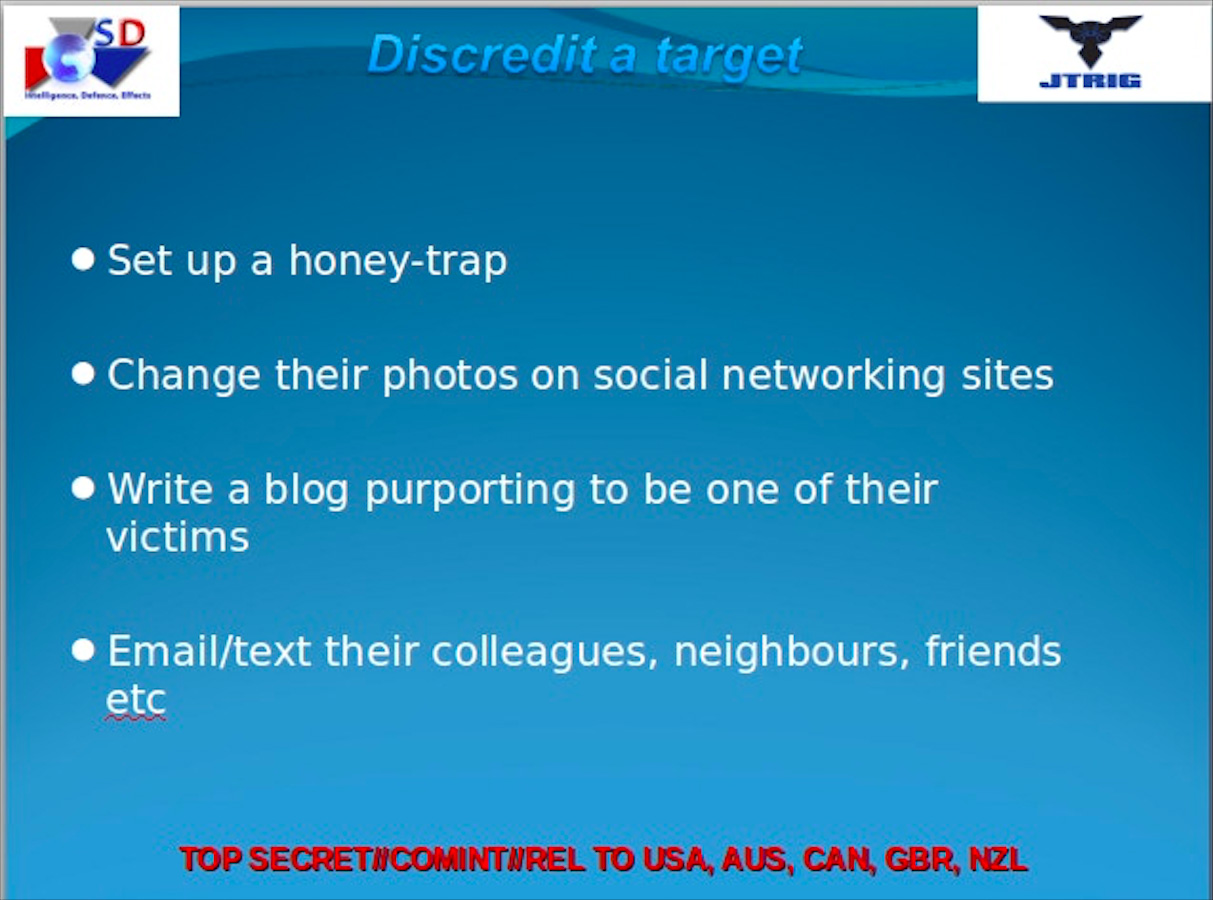
A slide produced by the Joint Threat Research Intelligence Group (JTRIG), a unit of Britain’s signals intelligence agency GCHQ. Its existence and controversial operations were revealed in Edward Snowden’s leaks, but Declassified found JTRIG has been mentioned fewer than a dozen times in the national press since.
Cutting the UK from the Yemen war
Britain’s role in the devastating war in Yemen, which began in 2015, has also been notably under-reported. In the first two years of the conflict, few articles mentioned the British role, despite much evidence on this in the public domain, notably from answers by ministers to parliamentary questions.
Since then, many articles have covered UK arms exports to Saudi Arabia, with some noting British training of Saudi pilots and British officers’ presence in Saudi war operations rooms. Yet the UK’s military role goes deeper, with Britain storing and issuing bombs for Saudi aircraft and maintaining warplanes at key operating bases.
“The Saudi bosses absolutely depend on BAE Systems,” John Deverell, a former MOD official and defence attaché to Saudi Arabia and Yemen, told freelance journalist Arron Merat, writing in the Guardian. “They couldn’t do it without us.”
Yet, such articles are rare. For example, no articles could be found mentioning the UK role in supporting the “safe storage and issue of weapons”, for Saudi aircraft, as the government revealed in parliament in June 2018.
Very few articles describe the Yemen conflict for what it is given the extent of the UK’s military role — a British war. The term “British war in Yemen” (or variant search terms such as “Britain’s war in Yemen”), yields no search results in the text of any article in the past five years. The closest results are one article in the Independent headlined: “The government has finally admitted that Britain is at war in Yemen” (written not by a journalist, but by opposition MP, Diane Abbott), and two in the Guardian titled: “Britain is at war with Yemen” and “Britain is behind the slaughter in Yemen”.
The most significant piece of research published on the extensive UK role in the war in Yemen is a report of April 2018 by independent investigators Mike Lewis and Katharine Templar. Widely covered in alternative media, the report has been mentioned just once in the UK national press (in the Guardian, in the same article noted above).
The report revealed that UK support to Saudi Arabia involves about 7,000 employees of arms firms, civil servants and seconded military personnel. It also provided evidence of UK military commitments to Saudi Arabia that have never been disclosed to the public or parliament.
The national press generally promotes the line that Britain has simply been supporting the “Saudi-led coalition”, which mirrors the government’s false claim that it is “not a party” to the war – an assertion likely made for legal reasons to avoid being held complicit in war crimes.
Misreporting Syria
Britain’s role in the war in Syria has been distinctly under-reported and mis-reported and has overwhelmingly followed the priorities of British governments. While the press has widely reported UK military operations against Islamic State in Syria, its covert operations against the Assad regime have received much less attention.
Evidence suggests that Britain began covert operations in Syria in late 2011 or early 2012. The Times and Telegraph have reported sporadically on this involvement in the war. However, the mantra repeated in the Guardian and its sister paper, the Observer is that Britain has “failed to act” in Syria. An Observereditorial in August 2019 was entitled “the west’s shameful failure to act” and described “Western governments’ neglect of the eight-year war”.
Similarly,in 2019, Guardian columnist Simon Tisdall wrote, “The US has largely stood aside from Syria, confining itself to anti-ISIS [Islamic State] counter-terrorism operations and occasional missile strikes. So too, for the most part, have Britain and Europe.”
However, veteran US journalist Seymour Hersh had already revealed that in early 2012, a secret “rat line” of shipments began to supply weapons to Syrian opposition groups, in which MI6 was closely involved. This “rat line” has been mentioned only six times in the British press since 2012 – according to the research – all in the Independent and Guardian. The low figure is noteworthy given that over 150,000 articles have mentioned Syria in the same period.
In July 2014, BBC TV’s Newsnight reported that the UK sold components to Syria in the 1980s which could have been used to make the deadly nerve agent, sarin. Since then, there have been 985 press articles mentioning “Syria and sarin” which, it is alleged, has been used by the regime to attack targets. But the UK exports have been mentioned in only seven articles (ie. less than 1% of the total coverage), according to the research, the last one being in April 2017.
When the US and UK governments accused the Bashar al-Assad regime of using chemical weapons in Douma, near Damascus, in April 2018, the UK press largely accepted the claims with certainty –as though the fake story of weapons of mass destruction in Iraq had never occurred. The press has maintained its position even as evidence has mounted throwing doubt on the claims, which has also been largely unreported.
In October 2019, WikiLeaks published evidence from a whistleblower at the Organisation for the Prohibition of Chemical Weapons (OPCW), showing that the international body had suppressed evidence suggesting that the Syrian government had not mounted the Douma attack. It quoted former OPCW director Jose Bustani saying that “the convincing evidence of irregular behaviour in the OPCW investigation of the alleged Douma chemical attack confirms doubts and suspicions I already had”.
Bustani’s comments have been mentioned in only one press outlet – the Mail on Sunday, by journalist Peter Hitchens.
Benevolent Britain
The national press routinely conveys the view that Britain is a supporter of noble objectives such as human rights, democracy and overseas development in its foreign policy. Almost no articles suggest that Britain might generally oppose these principles.
The press largely reflects the view of the Conservative Party, outlined in its 2019 election manifesto: “we view our country as a force for good … From helping to end the slave trade to tackling modern slavery, the UK has long been a beacon of freedom and human rights”.
Mentions of the term “Britain’s reputation” in press articles highlight how journalists regard the UK. Some 500 articles mention the term in the past five years. Recent editorials note “Britain’s reputation as a positive global influence” (Independent), “Britain’s reputation as a beacon of liberty and liberal values” (Daily Mail) and “Britain’s reputation for honest government” (Financial Times).
Rachel Sylvester in the Times notes “Britain’s reputation as a force for stability in the world” while Tim Stanley writes in the Telegraph of “Britain’s reputation as a force for human rights”. A Mail on Sundayarticle refers positively to “Britain’s reputation across the Middle East and Africa”. Numerous recent articles also refer to Brexit damaging “Britain’s reputation” in the world, which is always assumed to be positive.
Our research finds very few mentions in the past five years of major negatives concerning “Britain’s reputation” in the world. A rare exception is “Britain’s reputation as a haven for dirty money”, mentionedin the Financial Times in 2018.
No articles could be found specifying a “British reputation” for violating international law or the UN, promoting wars or supporting human rights abusing regimes.
Champion of human rights
When ministers’ claim they support human rights in their foreign policy, they are rarely challenged in the press. Articles on UK arms exports to repressive regimes are fairly common and often highlight contradictions with upholding human rights. However, they regularly take for granted that the UK otherwise supports human rights in those countries and elsewhere.
Press articles regularly assert that the UK supplies arms to regimes “despite” repression and human rights abuses. Yet UK policy in various countries is focused on maintaining favoured regimes in power and on enabling them to counter opposition.
In the Gulf, for example, promoting “internal security”– a euphemism for ongoing repression – has long been a key feature of British support for states such as Saudi Arabia and Bahrain. The UK’s export of surveillance technology to repressive regimes, the provision of military training and its regular failure to censure states, or change policy, over human rights abuses, can all help regimes to repress opponents.
Press articles rarely intimate that British policy is about supporting repression of pro-democracy activists or movements. As a rough indicator, the research finds no articles mentioning the phrase “Britain’s support for repression” (or variants of this term) in the past five years.
The UK is also widely seen in the press as a champion of global development, echoing government claims. A Guardian editorial in 2016 noted, for example, “One of the things modern Britons can be proudest of is their country’s achievements in international development”.
By contrast, almost no articles could be found suggesting the UK might oppose international development or be a significant contributor to global poverty. One rare exception in the Guardian in 2016, written by Jason Hickel of Goldsmiths, University of London, was sub-headlined: “we need to stop pretending that the United States, France and Britain are benevolent champions of the poor”.
Britain’s large aid programme, which supports some worthy projects, is significantly designed to promote UK foreign policy goals and British business interests. The government has openly stated that aid promotes the UK’s “influence in the world” and to “deliver influence in Africa” as well as helping to “further UK strategic interests”. UK aid also promotes British commercial interests by pressing for the privatisation of education in developing countries and by funding projects supporting pro-British repressive regimes.
Moreover, various broader UK policies undermine global development. The UK’s network of tax havens, involving the British Virgin Islands and Cayman Islands, for example, is responsible for over one third of global tax avoidance – amounting to about £115-billion a year, eight times larger than its aid budget. In addition, many UK companies, notably in the mining and extractives sectors, are involved in human rights abuses or environmental damage overseas.
While stories on these examples are sometimes covered in the press (though often are not), they almost never disturb the generally promoted view that the UK champions global development.
Rogue states
The term “rules-based international order” has entered the political lexicon in recent years and refers to international relations that are supposedly upheld by international law and accepted standards. The term is mentioned in 339 press articles in the last five years. The UK is invariably seen as a supporter of this order while those seen by the UK government as opponents, such as Russia and Iran, are conveyed in the press as the challengers.
An Observer editorial in July 2019 noted “the international rules-based order that post-war Britain has spent decades building and nurturing”. The Times defence correspondent Lucy Fisher contrasts Britain with “other nations less inclined towards a rules-based international order”.
Yet the UK is as much a violator of international rules as any official enemy. Declassified recently documented 17 British policies violating domestic or international law and the UN. This did not include UK policies in the recent past, such as the military interventions in Iraq and Libya.
Nowhere in the national press is the UK regarded as a “rogue state” in its foreign policy, the research finds. A search for the term “rogue state” in press articles over the past three years reveals a large number of mentions – 1,023 – regularly referring to North Korea, Iran and Russia, even with the occasional mention of the US under Donald Trump. The UK is not mentioned, however, apart from one article mentioning prime minister Boris Johnson as a “one-man rogue state”. Neither are allies such as Israel or Saudi Arabia termed rogue states.
An editorial in the Daily Telegraph notes, “The drone attacks on Saudi Arabian oil facilities have been blamed by America on Iran, confirming the country’s rapid descent into the ranks of rogue states”. To Telegraph editors, the US administration labelling Iran a rogue state is “confirmation” that this is true.
While serving to regularly misinform the public, the reach of the national press remains enormous. Alternative media are proliferating but monthly website visitor numbers to the national press are far larger: 310-million for the Guardian, 304-million for the Mail and 88-million for the Independent. These compare to 1-million visits per month for the Canary, the alternative digital news site in the UK with the most visitors.
*
Note to readers: please click the share buttons above or below. Forward this article to your email lists. Crosspost on your blog site, internet forums. etc.
Mark Curtis is the co-founder and editor of Declassified UK, an historian and author of five books on UK foreign policy. He tweets at: @markcurtis30
Research covered the period to the end of 2019 using the media search tool, Factiva. It analysed the “mainstream” UK-wide print media (dailies and Sundays), over different time scales, usually two or five years, as specified in the article. Media search engines cannot be guaranteed to work perfectly so additional research was sometimes undertaken.






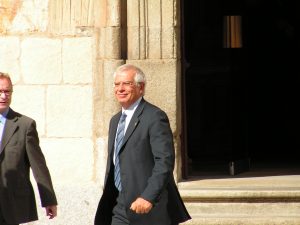

 Can you
Can you 
